The Chinese tea ceremony is a deeply rooted cultural tradition that embodies philosophy, aesthetics, and social values. It stands distinct from other global tea traditions in its emphasis on harmony, respect, and a close connection to nature. Here’s a comprehensive overview:
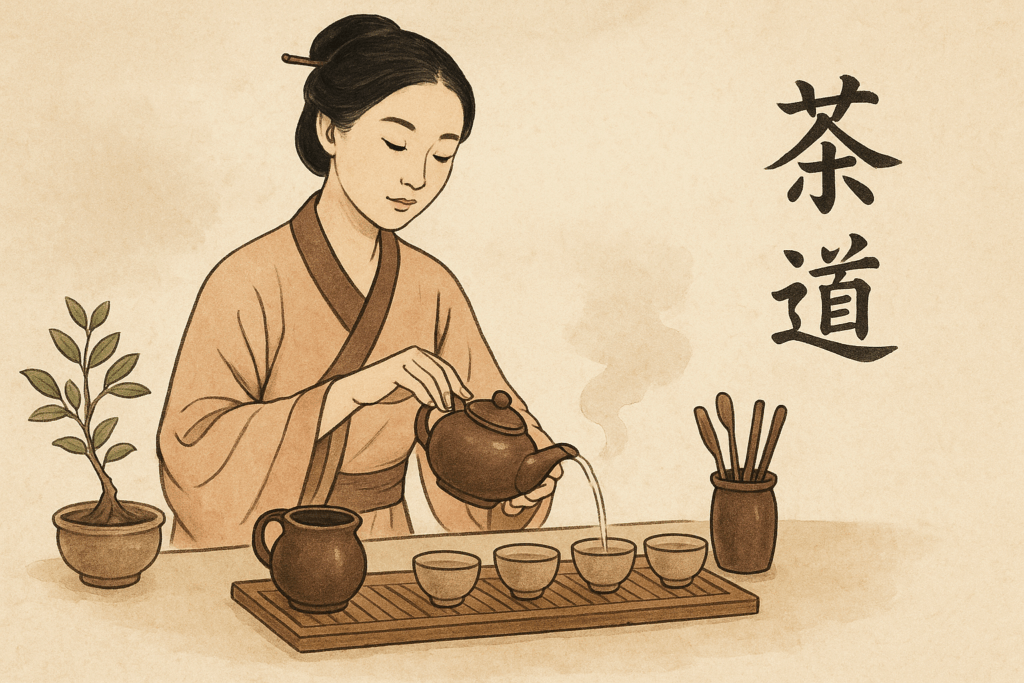
History of Chinese Tea Ceremonies
Origins:
- The use of tea in China dates back to the Shang dynasty (16th–11th centuries BCE), initially as a medicinal herb.
- During the Tang Dynasty (618–907 CE), tea culture flourished and evolved into an art form. The famous tea sage Lu Yu wrote the “Classic of Tea” (茶经, Cha Jing), which laid the foundation for Chinese tea etiquette and appreciation.
Song Dynasty (960–1279):
- Tea preparation became more stylized. Tea competitions were popular, where tea quality and skillful whisking were judged.
- Powdered tea, similar to Japanese matcha, was common before whole-leaf brewing gained favor.
Ming Dynasty (1368–1644):
- Loose-leaf tea became the norm. Brewing methods shifted toward steeping leaves in teapots, which influenced the development of the Gongfu tea ceremony.
Philosophy and Significance
The Chinese tea ceremony is more than a social ritual; it reflects key aspects of Chinese culture:
- Taoism: Emphasizes naturalness, simplicity, and inner peace. The ceremony often evokes a meditative, tranquil atmosphere.
- Confucianism: Highlights respect, hierarchy, and social harmony—tea is a medium to express respect, such as offering tea to elders.
- Aesthetics: The tea utensils, surroundings, and manner of service express beauty and harmony.
The Gongfu Tea Ceremony (功夫茶)
Meaning: “Gongfu” implies skill and effort. This method, originating from Fujian and Guangdong, emphasizes the meticulous preparation of oolong tea and other high-grade leaves.
Key elements:
- Teaware: Yixing clay teapot, gaiwan (lidded bowl), fairness pitcher, aroma cups, and tasting cups.
- Process: Includes warming the pot and cups, rinsing the leaves, multiple short infusions, and appreciating aroma and flavor.
- Focus: Intense sensory engagement and appreciation of the tea’s character.
Comparison with Other Cultural Tea Traditions
Japanese Tea Ceremony (Chanoyu):
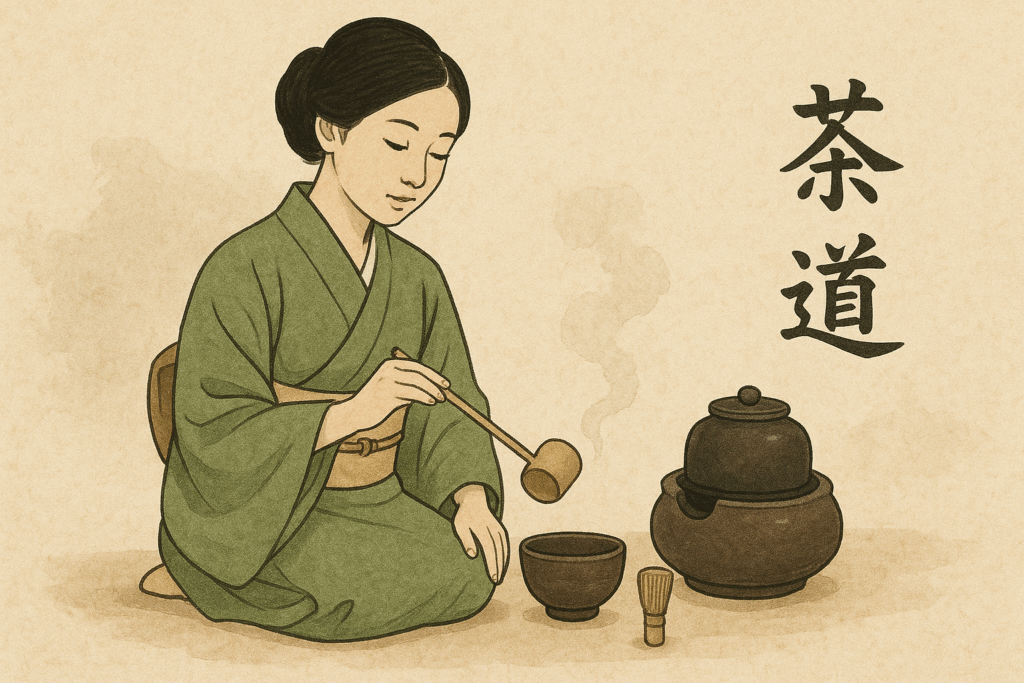
- Rooted in Zen Buddhism and influenced by Chinese tea culture (especially from the Tang and Song dynasties).
- Uses powdered matcha rather than loose leaves.
- Highly formalized with strict rituals, prescribed movements, and codified aesthetics.
- Emphasis on wabi-sabi (beauty in simplicity and imperfection).
British Afternoon Tea:
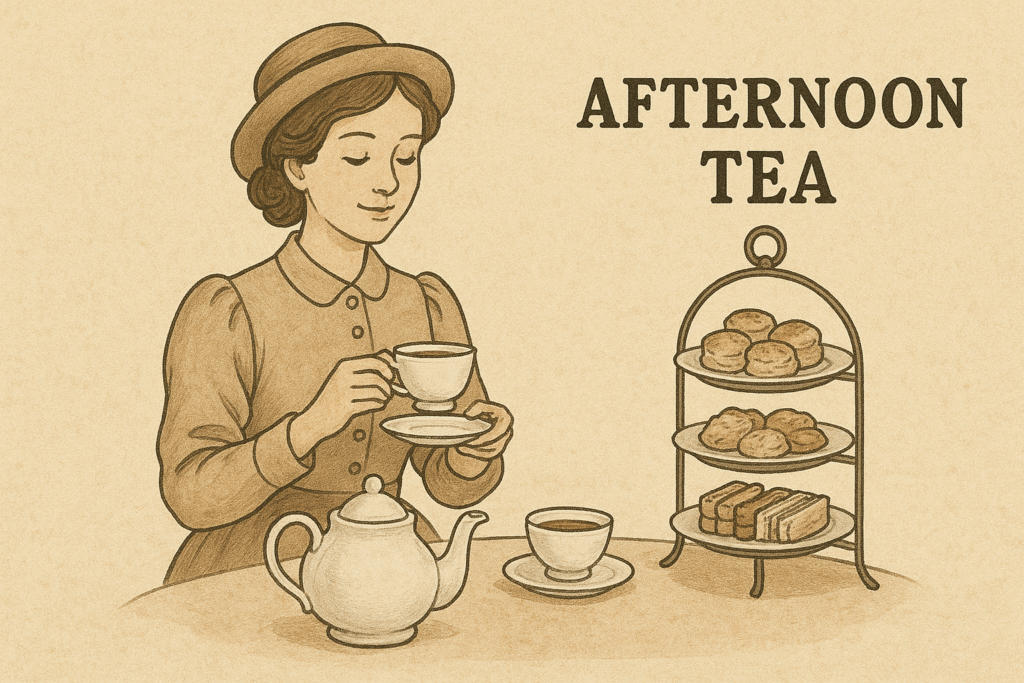
- Social and culinary tradition originating in the 19th century.
- Focuses on the enjoyment of tea with finger foods like scones and sandwiches.
- Less meditative or philosophical; more about socializing and etiquette.
Moroccan Mint Tea:
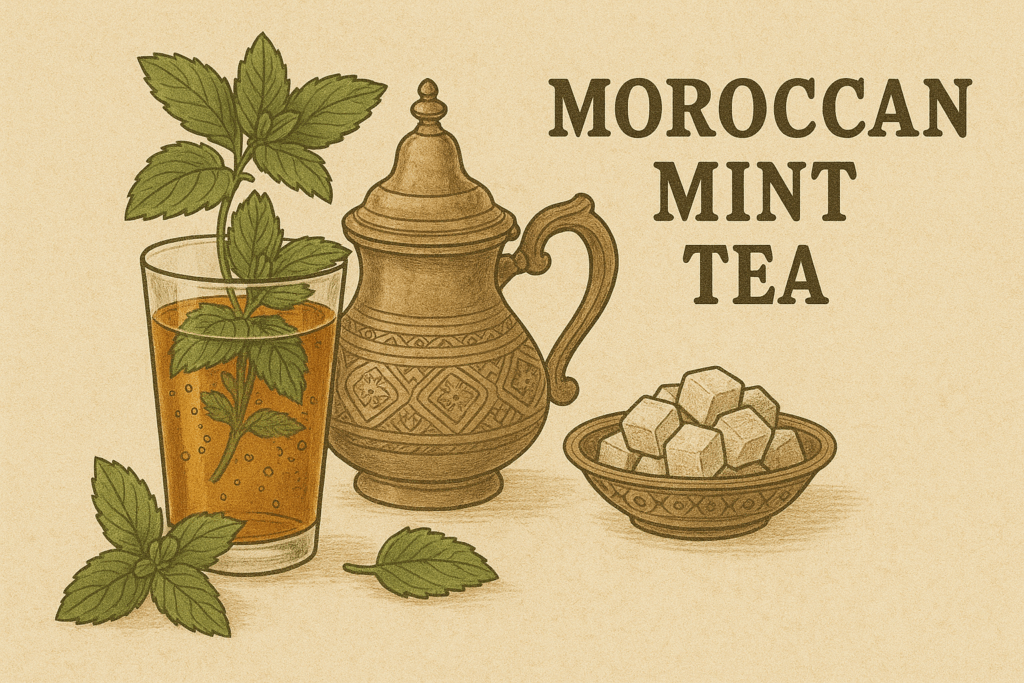
- Green tea brewed with fresh mint and sugar, often served with dramatic pouring from a height.
- Integral to hospitality; serving tea is a sign of welcome and friendship.
Russian Tea Tradition:
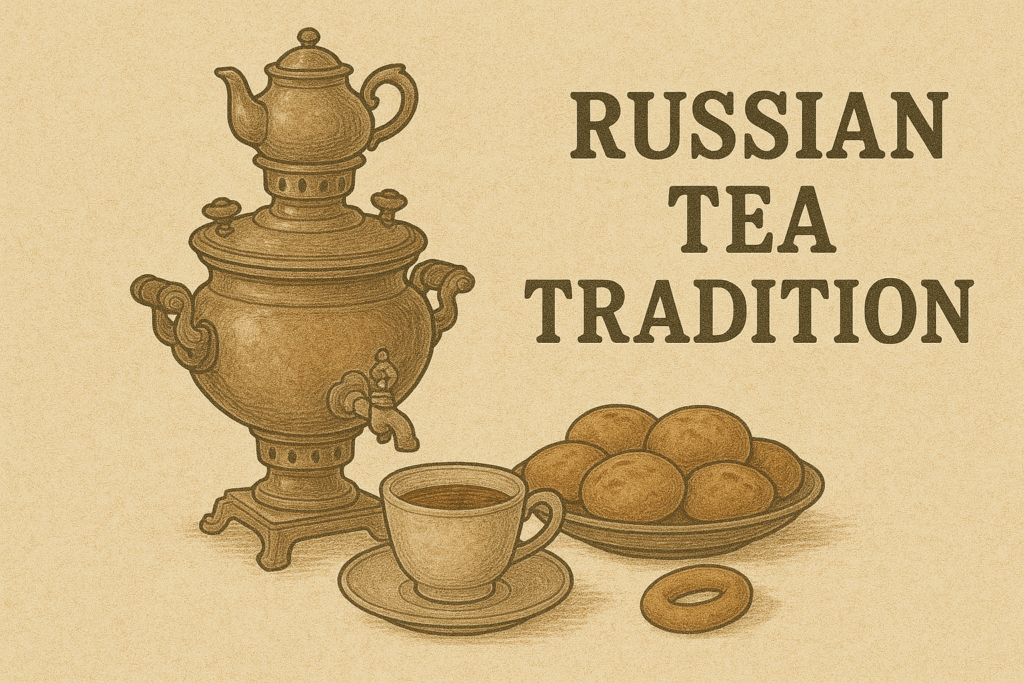
- Uses a samovar to heat water and brew strong black tea (zavarka).
- Tea is diluted in cups and often sweetened with jam or lemon.
- Social, practical, and adaptable to cold climates.
Conclusion

Chinese tea ceremonies, particularly the Gongfu style, are a celebration of mindfulness, cultural heritage, and refined sensory experience. While other tea traditions around the world highlight social, spiritual, or culinary values, Chinese tea culture uniquely combines aesthetics, philosophy, and ritual to elevate tea into an art of life.

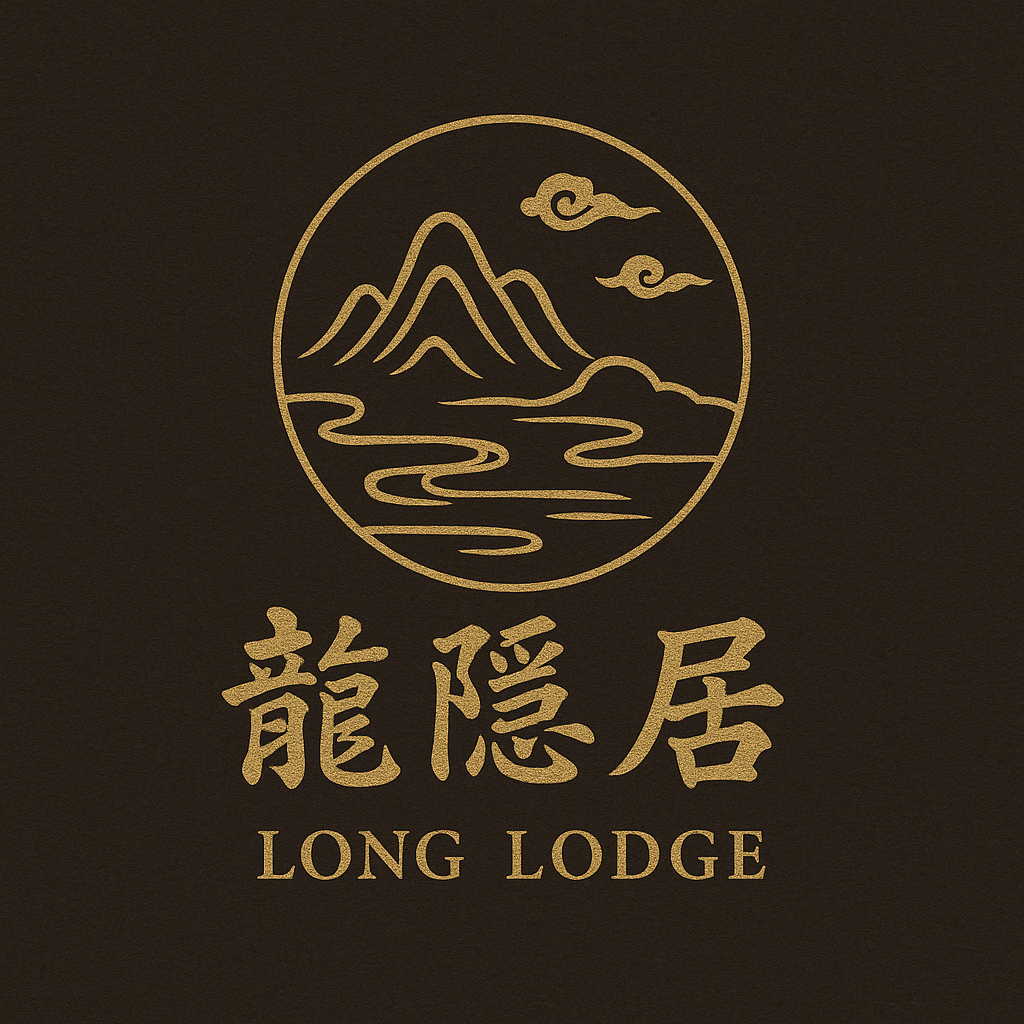
Leave a Reply